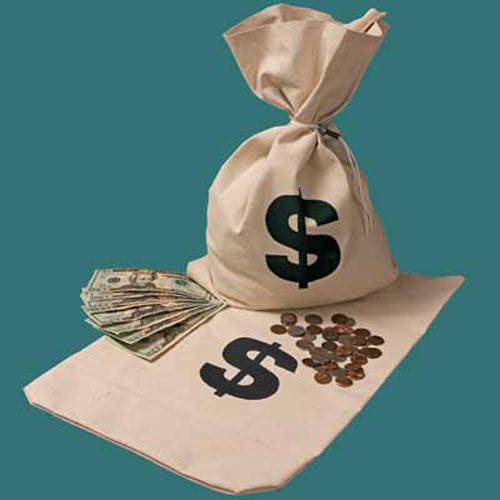
- If the real exchange rate is 1, A product in USA cost 1.36 and 1 euro in Germany
- In this one product world ( in which price equal the exchange rate), the purchasing power parity(PPP) of the dollar and euro is the same and RER is 1 (see underexplained example)
What is Real Exchange Rate?
The RER between two currencies is the product of the nominal exchange rate(the dollar cost of euro, for example) and the ratio of prices between the two countries.The core equation is
RER = e*p^/p, where e is the nominal dollar euro exchange rate , p^ is the average price of a good in the euro area, and p is the average price of the good in the USA
In our example, e=1.36.If the german price is 2.5 euros and the US price is $3.40, then 1.36*2.5/3.40 yields an RER of 1. But if the german price were 3 euros and the US price $3.40, then RER would be 1.36*3/3.40=1.2
- Suppose a product sells for 1.2 euros in Germany, suggesting that the euro is 20 per cent overvalued relative to the dollar
- Therefore, there will be pressure on nominal exchange rate to adjust, because the same good can be purchased more cheaply in one country than the other
- It would make economic sense to buy dollars,use them to buy a product in USA at the equivalent of 1 euro and sell them in Germany for 1.2 euros. Taking advantage of such price differentials is called arbitrage.
- As arbitrageurs buy dollars to purchase a product to sell in Germany, demand for dollars will rise, as will its nominal exchange rate, until the price in Germany and US is the same-the RER returns to 1.
Source:'Finance & Development'






